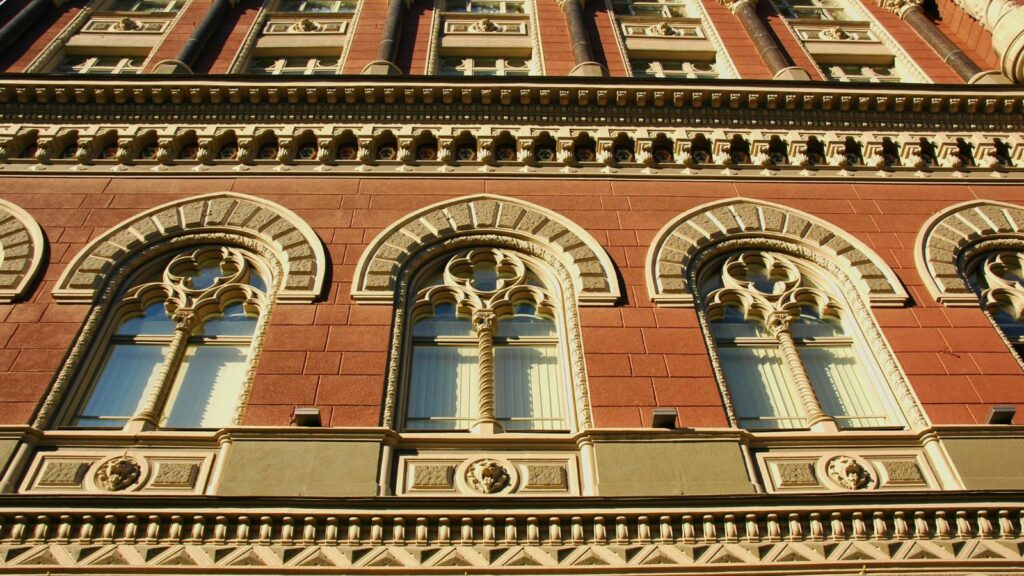The architectural style between 1714 and 1830, often referred to as the Georgian era, marked a period of elegance and symmetry. This era, spanning the reigns of the first four British monarchs named George, witnessed a significant transformation in building design. Architects of this time embraced classical influences, drawing inspiration from ancient Greece and Rome to create structures that exuded balance and proportion.
During this period, the Georgian architectural style spread across Britain and its colonies, leaving a lasting legacy on urban landscapes. Iconic elements such as grand facades, sash windows, and decorative moldings became hallmarks of this refined aesthetic. As cities expanded and wealth increased, the demand for stately homes, public buildings, and churches grew, showcasing the grandeur and sophistication of Georgian architecture.
Architectural Style Between 1714 and 1830
Georgian architecture, spanning 1714 to 1830, showcases a blend of elegance and symmetry. Influenced by classical antiquity, it emphasizes proportion and balance. Architects drew inspiration from ancient Greece and Rome, integrating these elements into stately homes, public buildings, and churches. Key features include grand facades, sash windows, and decorative moldings.

The Georgian style spread across Britain and its colonies, driven by urban growth and increasing wealth. Residential buildings often featured brick exteriors, symmetrical layouts, and evenly spaced windows. Public buildings and churches, adorned with columns and pediments, reflected neo-classical influences.
Regency Architecture
Regency architecture, prevalent from 1811 to 1820, built on Georgian principles but introduced more eclectic and decorative elements. Characteristics included stucco facades and large windows. Iron balconies and verandas added elegance to the overall design. Structures often showcased neoclassical elements such as columns and domes, but with more ornamental details. John Nash, a notable architect, made significant contributions with iconic designs like the Royal Pavilion in Brighton, blending neo-Gothic, Indian, and Chinese influences to create a picturesque aesthetic.
Key Characteristics
Georgian architecture, flourishing between 1714 and 1830, showcases specific characteristics in material usage and architectural forms.
Georgian buildings often used brick for exteriors, offering durability and an elegant appearance. Builders in urban areas frequently employed red or brown bricks, while rural structures sometimes featured painted or stucco-covered bricks. Stone was another key material for grander buildings like churches and public structures. Wood was primarily used for interior elements such as paneling, flooring, and decorative features.
Symmetrical layouts are a hallmark of Georgian architecture, evident in both residential and public buildings. Residential buildings typically had evenly spaced sash windows and central doorways, sometimes adorned with decorative elements like pilasters or pediments. Public buildings and churches showcased neo-classical influences, incorporating columns, domes, and porticos. Prominent architects like Sir Christopher Wren and Robert Adam integrated these forms, creating balanced yet grand structures representative of the era’s sophistication.
Influences And Trends
The period between 1714 and 1830 saw significant cultural and technological influences shaping Georgian architecture, reflecting a blend of classical inspiration and innovative advancements.Classical Revival: Architects drew heavily from ancient Greek and Roman designs, emphasizing columns, pediments, and symmetry. Examples include the use of Corinthian columns and porticos.

British Colonial Expansion: This period’s global expansion spread Georgian architectural styles to colonies, leading to adaptations in regions like the American colonies and the Caribbean. Structures maintained core elements while integrating local materials and climate considerations.Enlightenment Ideals: The Enlightenment’s emphasis on reason and order influenced architectural design, promoting elegance and restrained ornamentation. Public buildings, such as museums and libraries, embodied these principles by incorporating balanced proportions and classical details.
Georgian Architecture
Georgian architecture, dominating from 1714 to 1830, emphasized elegance and symmetry. Influenced by classical Greek and Roman designs, it featured balanced structures with grand facades and sash windows. Brick exteriors, often red or brown in urban areas, and evenly spaced windows with central doorways were common. Architects like Sir Christopher Wren and Robert Adam played crucial roles, with Wren’s St. Paul’s Cathedral and Adam’s Kenwood House exemplifying this style. Decorative moldings and plasterwork ceilings enhanced the interiors, reflecting the sophistication of the era.


